by Monte
Share
by Monte
Share
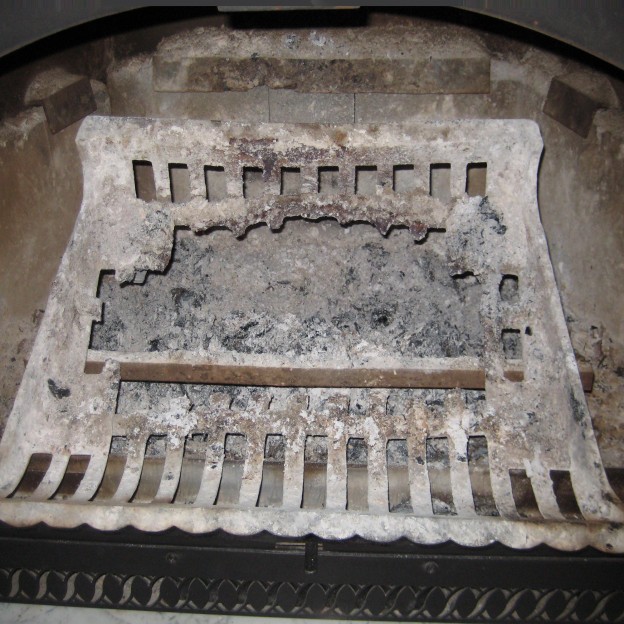
Does your fireplace grate look like the one above? Has it burned through in the center? Find out what causes fireplace grate melt down and learn how to make your fireplace grate last longer. Put an end to grate burn-through.
What Causes Fireplace Grate Melt Down?
Heat will oxidize (rust) any metal made with iron. That includes cast iron and steel. Over time, heating your grate again and again will cause the rusting process to thin the metal to the point that it bends or even severs.
How to Make Your Fireplace Grate Last Longer
However, there are things you can do to prevent fireplace grate melt down and make your grate last longer.
1. After the fire goes out, remove the ashes that accumulate under the grate.
When burning coals fall through your grate and land upon a deep bed of ashes, the coals remain close to your grate instead of falling to the floor of the firebox. Hot coals increase oxidation, especially if they are touching the grate.
In addition, cool air should enter the firebox under the grate and rise to provide oxygen to the burning wood. However, a deep accumulation of ashes under the grate disrupts that necessary draft of oxygen. A fireplace with a good draft also generates less ash than a fireplace whose air flow is choked off by ash build-up.
Removing ashes after every use of your fireplace is the single best thing you can do to prevent fireplace grate melt down and extend the useful life of your fireplace grate. See what to do with those ashes.
2. Try to move at least some of the heat away from the center of the grate.
Grates almost always fail in the middle because heat is concentrated there and because many grates are not well supported in the center. By distributing firewood and coals over the entire width of the grate, rather than moving them towards the center, you will help prevent fireplace grate melt down and prolong the life of your grate.
3. Don’t douse your fireplace fire with water.
You may remember from Smoky the Bear or scout training to put out a campfire by stirring the embers and pouring water on the fire. That works for campfires, but the water can rust a fireplace grate. Banking your fire is the best solution. If you must put the fire out, stir the embers and add sand to extinguish your fireplace fire.
4. Buy a cast iron grate rather than a grate made with welded steel bars.
Cast iron withstands heat better than steel does. Steel begins to soften and bend at about 1000 degrees Fahrenheit, while it takes about
1400 degrees to soften cast iron. Oak, the wood most often used in fireplaces, can reach temperatures near 1000 degrees when burning briskly.
5. Buy a grate with the thickest material you can afford.
It just stands to reason it takes longer for a thick piece of metal to rust away than
it takes for a thinner piece. A grate made with 1” by 1” steel bar has four times as much metal as a grate made with 1/2” steel bar.
Compare the 3/4 inch bar stock on the left with the 1 1/8 inch by 13/16 inch bars on the grate on the right:
6. Get a fireplace grate with a Lifetime Warranty.
When you purchase a grate that you know the manufacturer will stand behind, you can have peace of mind. The Pilgrim brand of fireplace grates, for example, have a Lifetime Warranty against burn-through. The Pilgrim Lifetime Warranty provides one replacement grate if yours fails. The Pilgrim fireplace grates below have Lifetime Warranties:
Buying a cast iron grate or a steel grate with the thick bars and a Lifetime Warranty is the best way to get off to a good start for an enduring fireplace grate. Distributing the heat and properly tending ashes will definitely prolong the life of your fireplace grate.
Traditionally, knowledge based on teachings and experiences about selecting and burning firewood was passed along verbally. Often such information was put into a rhyming format to make it easier to remember. Thus were born firewood poems and firewood songs to address the question, “Which Firewood Burns Best?” As with most things passed from generation to generation, […]
Have firewood in your life? If you have a wood stove or a wood-burning fireplace, fire pit or fire bowl, you have probably heard some common sayings, sometimes found in rhymes and songs, about firewood. Some call them firewood Old Wives Tales or Old Husband Tales. How can you tell which one is a firewood fact or myth? Which […]
Usually when we think of a fireplace, we think of sharing it with friends and family. There is one type of fireplace, however, that is designed to enjoyed alone, in privacy: the bathroom fireplace. A bathroom fireplace is a personal and elegant indulgence. It is the ultimate for creating a spa-like retreat from the cares of the […]
If you burn wood in your fire pit, you have the makings of DIY fire pit log stump stool – the firewood logs themselves. From the most basic to the most clever, fire pit log stump stools capture the essence and simplicity of gathering around a fire. Here are directions for making a variety of DIY fire pit log […]
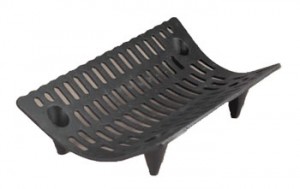
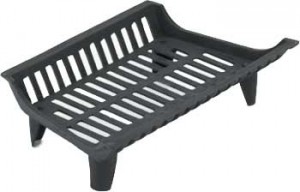
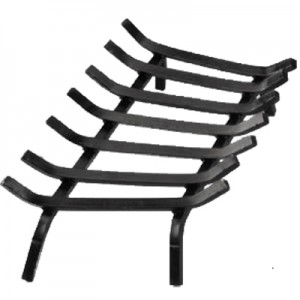
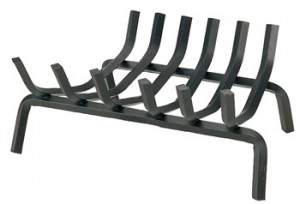
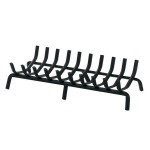
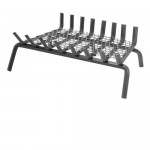
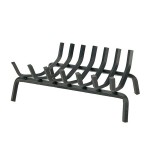

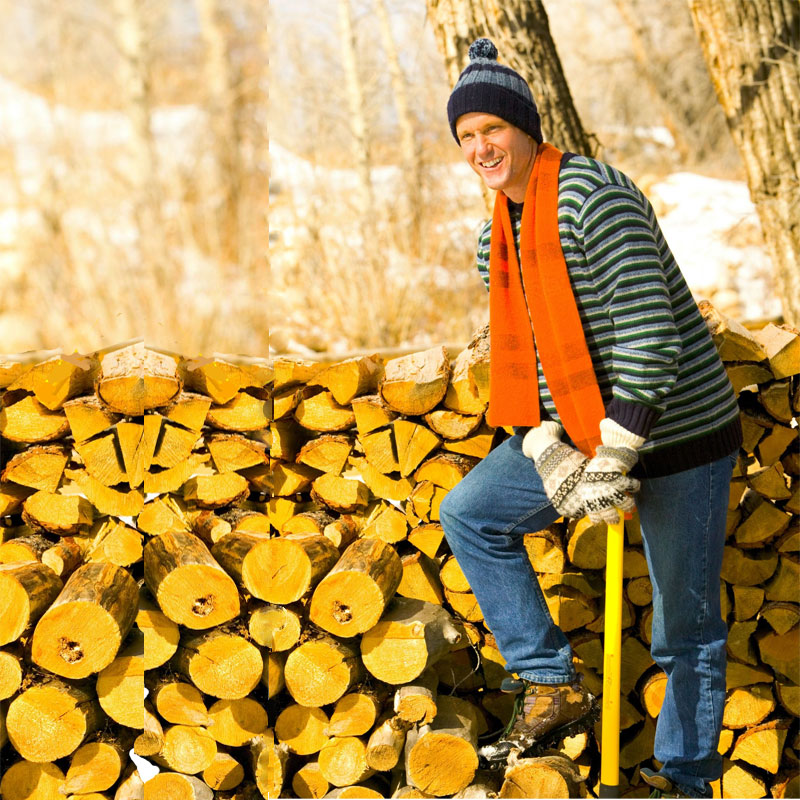
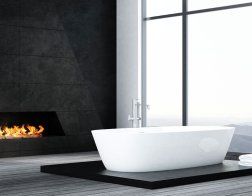
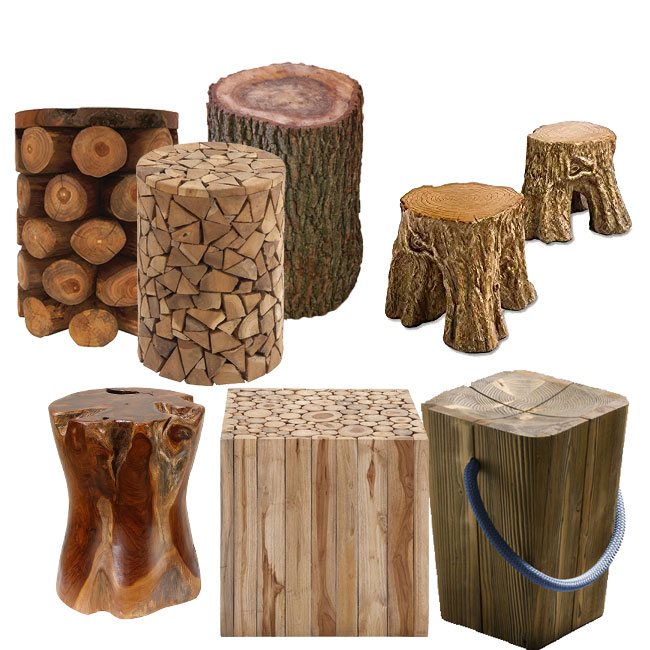
I didn’t know that just removing the ashes could make such a big difference! I will definitely start doing that more regularly. It takes a lot of time, and I inevitably get ash on myself. However, it seems like it’s worth the trade off to avoid having to buy a new grate all the time!
An ash vac speeds up fireplace ash removal. Some are made for cleaning up warm ashes; others are made to clean up only cold ashes. Just don’t use a cold ash vacuum for warm ashes.
Your warranty only replaces a grate one time ?
Any warranty is from the manufacturer, Ryan. Whatever their terms are will apply.
I just saw a P65 warning on a fireplace grate. Is that due to the paint or something in the cast iron? Would a vintage grate be better to use than a new one?
We would not recommend the use of a vintage fireplace grate. New ones do not use lead-based paints.
A California P65 warning on a fireplace grate may indicate possible lead in the paint. More likely, it is related to the use of the product. That is, possible exposure to crystalline silica from masonry products associate with a fireplace; risk of carbon monoxide (CO) exposure associated with fire; or exposure to wood dust by using firewood in your fireplace.
I have a fireplace grate that has some of the bars burnt through-is there a flat grill or mesh that I can put over the grate to span the void-I can’t find a replacement grate like the one I have and would like to see if I can put something over the existing bars…any suggestions?
Kay, an ember retainer might be what you have in mind.
Over the winter in th UK we use coal fires every evening, no central heating here.
Cast iron grates distort and burn out because of poor quality casting.
The original will last 30 years and the replacements two years if you are lucky.
I have followed these instructions with our Queenstar 18″ and if it lasts two winters it’s good. Lucky they’r not too expensive. I keep two in reserve.
Had the same problem with our old coal fired Rayburn, the original lasted 20 years and then we were replacing parts every year.
Bristol UK
Well, Don, just like our grandmothers used to say, “They don’t make ’em like they used to.” But the thicker the cast iron is, the longer the grates tend to last.